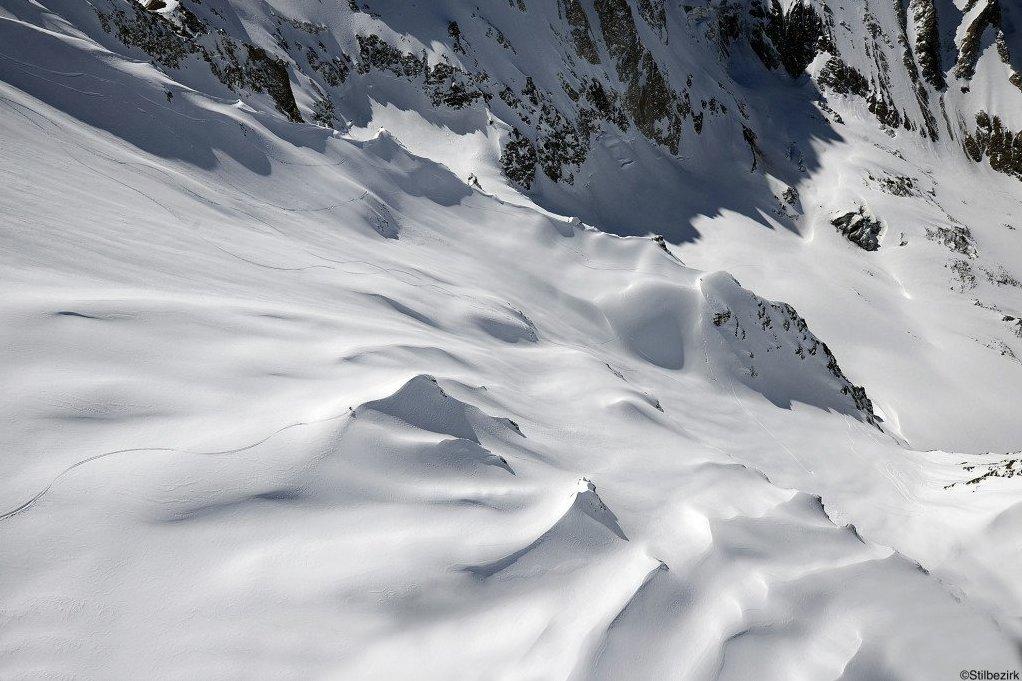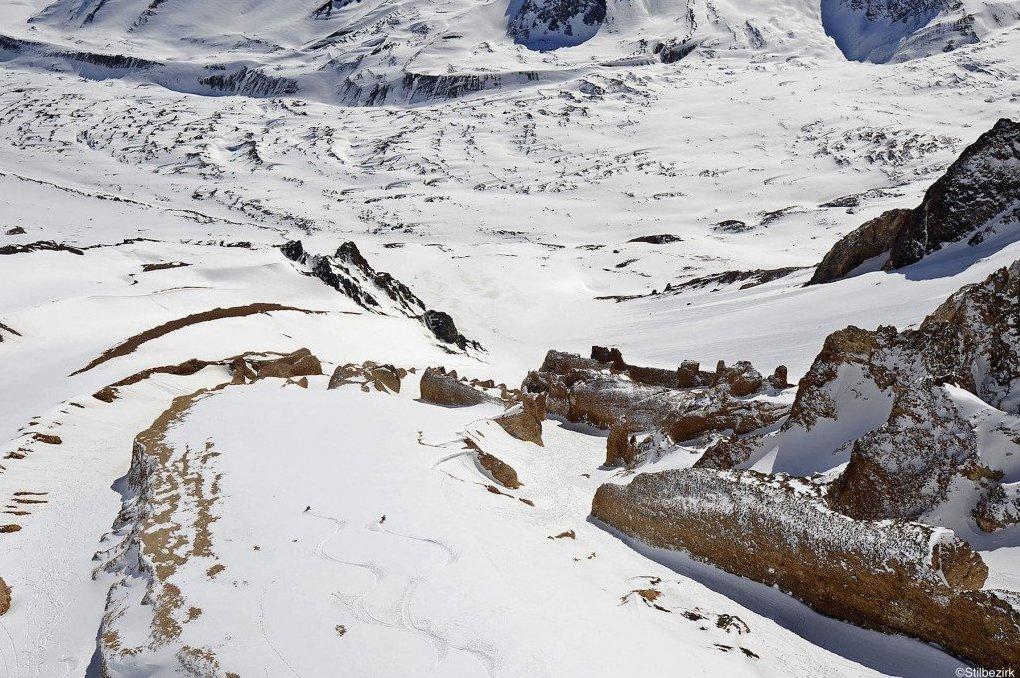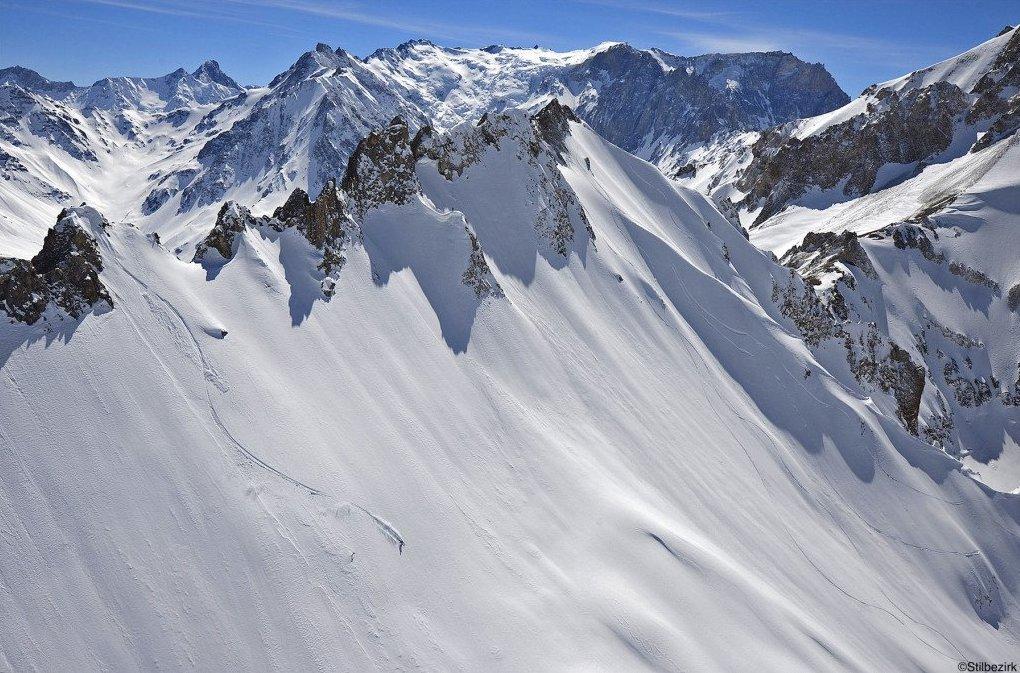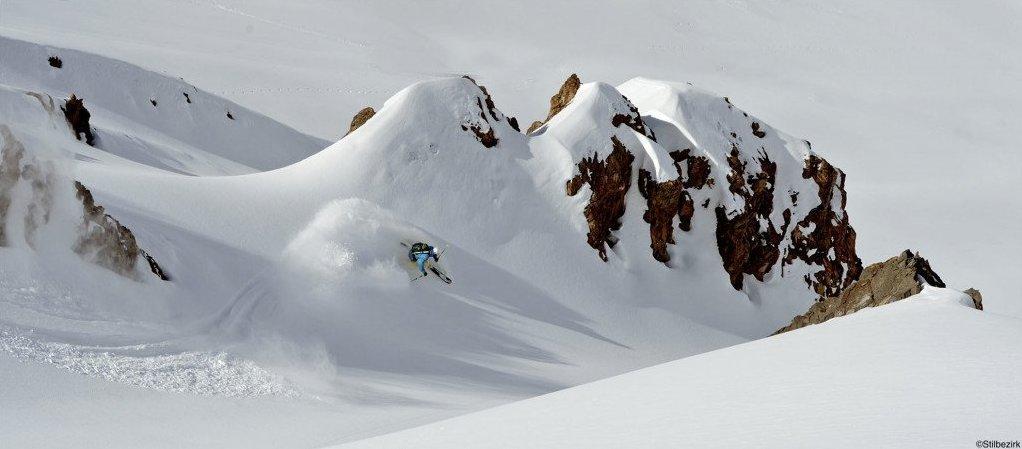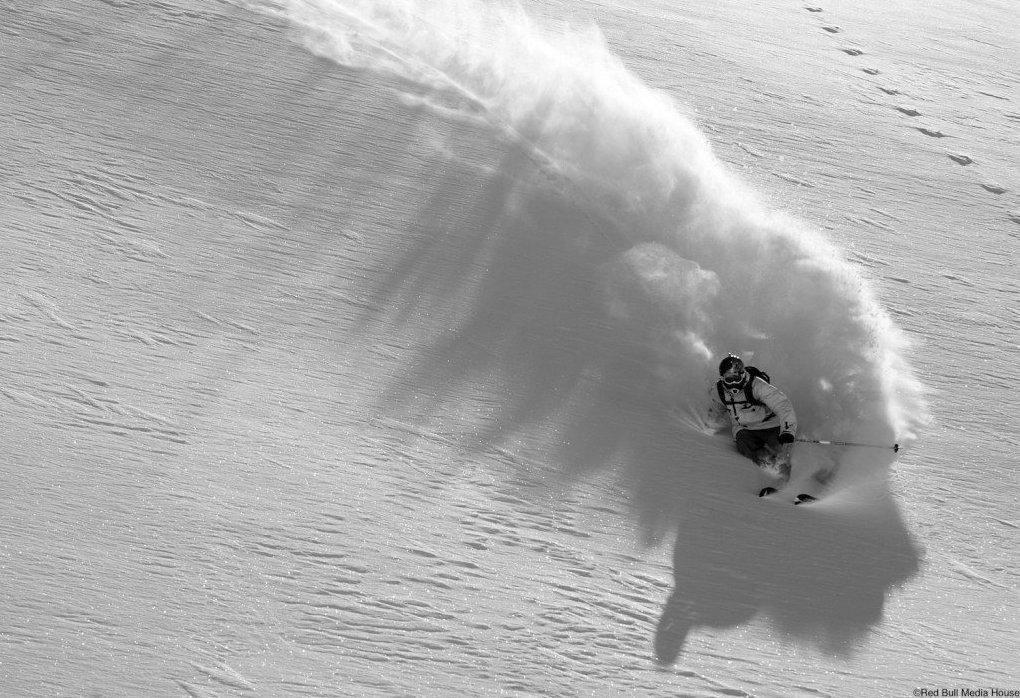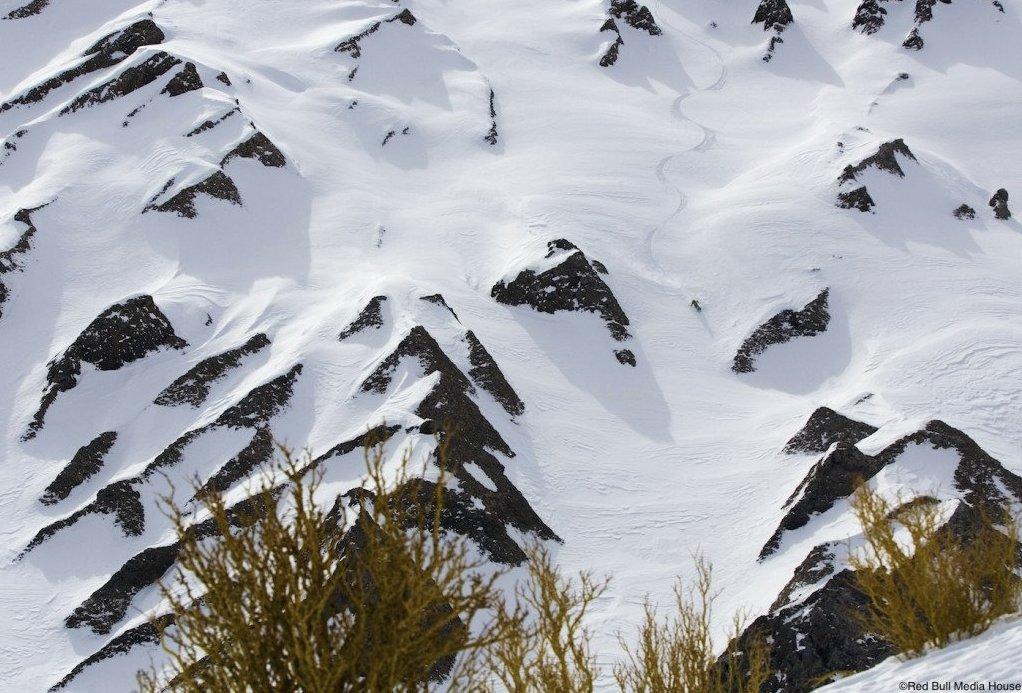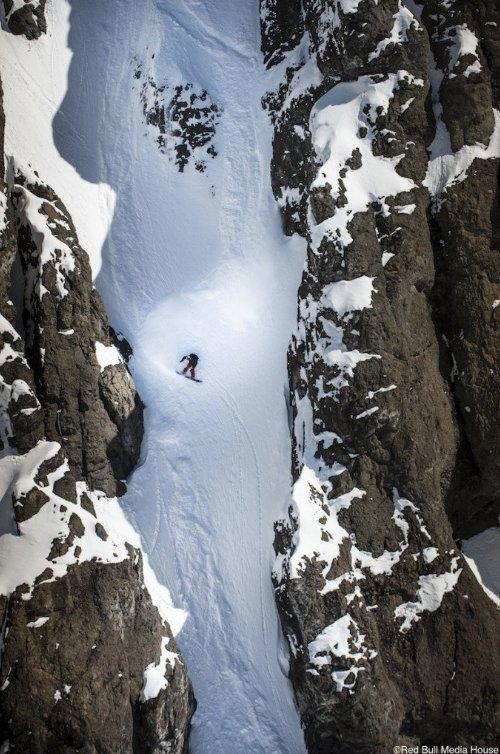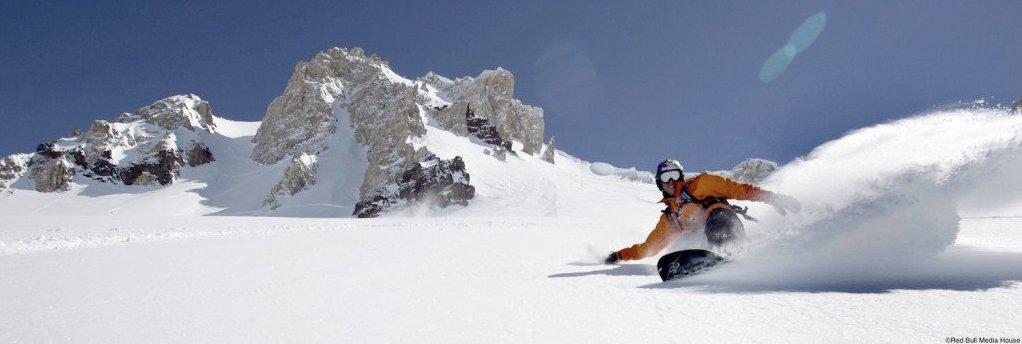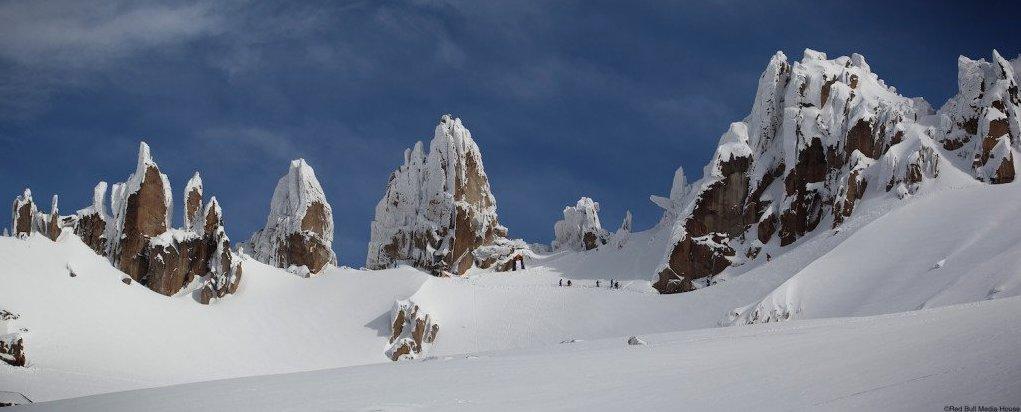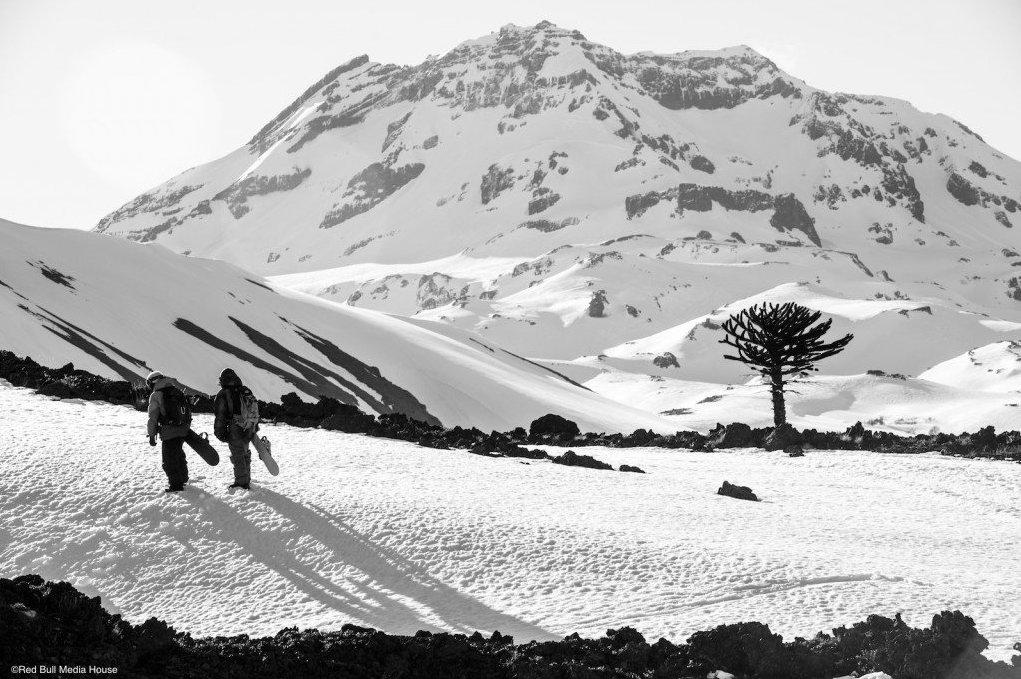Lodging is limited at Portillo, giving the area a pretty cool ‘exclusive club’ feeling; you generally have to commit to a week-long stay at one of the few hotels to ski here. On the plus side, this keeps crowds down, and you can score great powder weeks after a storm.
How to get to Portillo: the resort is 164km from Santiago, which is the best airport to fly to. From there you can choose from several resort shuttles and private transfer services, or hire a car. The drive takes around 2 hours in good conditions, but can be significantly longer in a storm.
Puma Lodge Heliskiing
Powder hounds will love Puma Lodge Heliskiing – it’s often called the Powder Capital of the Andes. As most snow storms averaging 100 centimeters of powder, there’s rarely a shortage of freshies at Chile’s newest heli-skiing destination (it opened in 2011). The area surrounding Puma Lodge is one of the best-kept secrets of the Chilean Andes, and accessed exclusively by Puma Lodge guests. Depending on weather, snow conditions and rider ability, the priority is to find untracked, virgin powder in the incredible couloirs the area is known for. With the possibility to ride from 4800m above sea level, descents are normally around 1,200m, but can be up to 3,200m. That’s a LOT of powder!!
